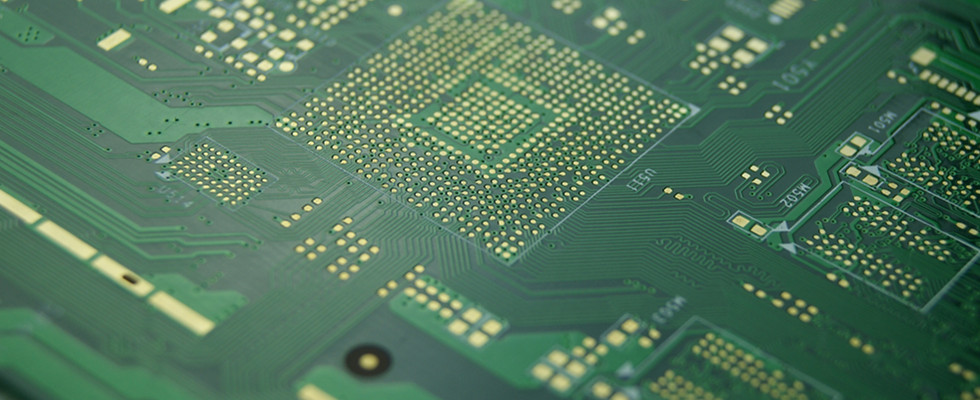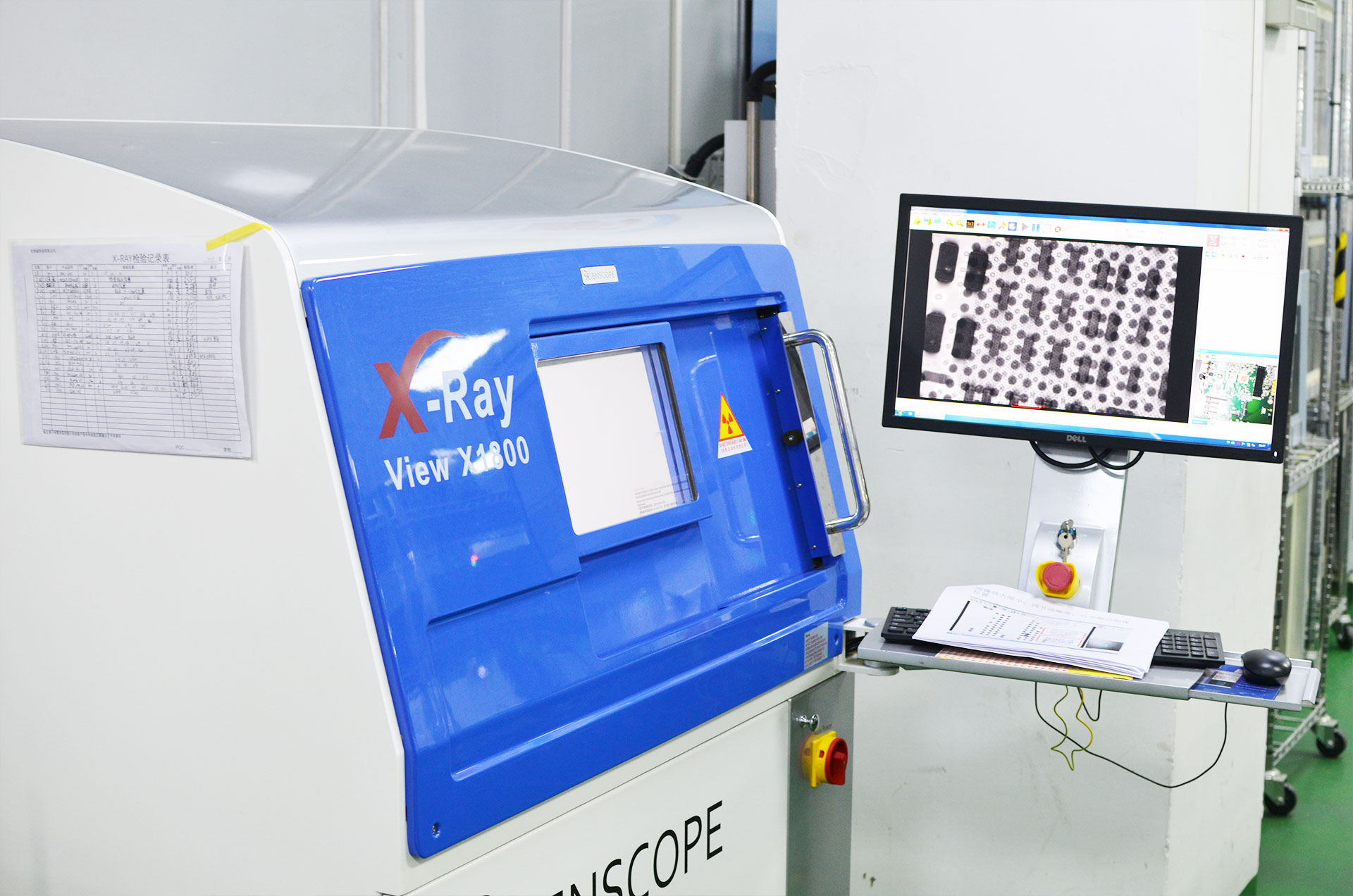The Critical Role of X-Ray Inspection in BGA Assembly Quality Assurance

X-ray inspection is very important in BGA assembly. It helps find hidden solder joint problems that other methods miss. Voids bigger than 25% of the solder ball area can cause electrical and mechanical problems. LTPCBA uses advanced x-ray inspection to make sure every pcb assembly is high quality and safe.
Parameter
Value/Threshold
Interpretation
> 25%
Can hurt pcb quality and reliability
Maximum void area in pad layer
10%
Needed for good quality in BGA inspection
Key Takeaways
X-ray inspection helps find hidden problems in BGA assemblies, like empty spaces and solder joints that are not lined up right, which people cannot see just by looking. - This way is quicker and finds mistakes better than old ways, so it helps fix problems early and makes the product better. - LTPCBA uses new x-ray machines and follows strong rules to make sure every PCB assembly works well and has no problems.
X-Ray Inspection in BGA Assembly

How X-Ray Works
X-ray inspection lets us see inside a printed circuit board assembly without breaking it. The process uses x-ray beams that pass through the pcb. Different materials block x-rays in different ways. This makes a clear picture of what is inside the pcb assembly. X-ray inspection can find hidden problems like missing solder balls, misalignment, solder bridging, and voids. These problems are hard to see with just your eyes. Both 2d x-ray inspection and 3d x-ray inspection give detailed pictures for bga inspection. 3d x-ray inspection shows layers, so it is easier to find deep problems. LTPCBA uses these tools to make sure every pcb assembly is high quality. The company’s systems use adaptive array technology to make images sharper and more correct. This helps find even tiny problems in printed circuit board assembly.
BGA Inspection Challenges
Checking BGAs is hard because the solder joints are under the part. You cannot see them with your eyes. Old inspection methods, like ultrasonic non-destructive evaluation, often miss early damage in tricky packages. X-ray inspection fixes this by letting workers look inside the pcb without taking parts off. It works like an early warning system. It helps makers change how they build things and get better results. X-ray inspection also finds problems like parts tilting or bending, which can make the pcb assembly less reliable. LTPCBA checks every pcb assembly carefully with x-ray inspection. This way, printed circuit board assembly problems are found and fixed before products go to customers.
Quality Assurance and Defect Detection

Hidden Defects in BGA
X-ray inspection helps find hidden problems in BGA assemblies. These problems cannot be seen with normal checks. Some common issues are voids in solder balls, parts not lined up, not enough solder, and solder bridging. X-ray images show these problems by showing changes in material density. This makes sure every printed circuit board assembly is checked for quality.
Voids bigger than 25% of the solder ball area can make solder joints weak and cause them to fail. X-ray inspection also finds cold solder joints, open circuits, and head-in-pillow defects. These problems can make pcb assemblies unreliable and cost a lot to fix. Finding these problems early helps makers keep quality high and give customers good products.
Automated x-ray systems like the XM8000 use smart imaging and AI to be more accurate and make fewer mistakes. These systems give clear 3D images, so it is easier to see small problems inside. With x-ray inspection, LTPCBA makes sure every pcb assembly is top quality and reliable.
X-Ray vs. Traditional Methods
Old inspection methods like electromagnetic resonance, ultrasonic analysis, and micro force sensors often miss problems that happen during or after packaging. These methods work best before packaging and may not find hidden problems in finished pcb assemblies. Looking at x-ray images by hand can also lead to mistakes because people can make errors.
X-ray inspection is different because it lets workers see inside the printed circuit board assembly after packaging. It makes pictures of the inside and shows problems that old methods cannot find. Automated vision inspection and deep learning help find problems faster and more accurately.
Traditional methods:
Only find surface or pre-packaging problems.
May need special steps, which can cause contamination.
Have lower resolution and are less efficient.
X-ray inspection:
Finds problems like voids, misalignment, and not enough solder.
Works fast and helps with automated quality checks.
Stays accurate for different pcb types and packaging.
Comparing detection rates, high-speed camera systems in x-ray inspection find 43% of defects at 0.5% porosity and 100% at 5% porosity. Photodiode systems only find 20% at 0.5% porosity and 85% at 5%. This table shows how much better x-ray inspection works:
Sensor System | Detection Rate at 0.5% Porosity | Detection Rate at 5% Porosity | Notes |
|---|---|---|---|
High-speed Camera | 43% | 100% | Finds more defects and has fewer false alarms |
Photodiode System | 20% | 85% | Not as good for small porosity problems |
X-ray inspection can also find both metal and non-metal contaminants, unlike old metal detectors. It stays accurate even if the product has different conductivity, moisture, or temperature. This lowers false rejects and keeps quality steady.
LTPCBA Quality Standards
LTPCBA has very high standards for quality in pcb assembly. The company uses smart testing like Automated Optical Inspection (AOI) and advanced x-ray inspection to find problems early and keep products safe. LTPCBA follows world standards like ISO 13485, IPC Class 3, and UL, showing it cares about global quality.
Certified engineers use advanced tools to make sure every inspection is reliable. LTPCBA checks its quality certificates and inspection methods often. This makes sure every printed circuit board assembly meets strict rules for accuracy, strength, and reliability.
By using advanced x-ray inspection and following world standards, LTPCBA gives customers pcb assemblies with great quality. Customers get products with no defects, parts in the right place, and steady performance. LTPCBA’s focus on early problem finding and process improvement helps every pcb assembly project last longer and work better.
X-ray inspection is very important for checking BGA assembly quality. It helps find hidden problems and spots small defects. This tool also lets workers check things quickly and correctly. Finding problems early makes the quality better and stops recalls. It also helps people trust the products more. LTPCBA is a leader because it uses advanced inspection to make sure results are always good and reliable.
FAQ
What defects can x-ray inspection find in BGA assemblies?
X-ray inspection can spot voids and misalignment. It also finds missing solder balls and solder bridges. Cold solder joints and head-in-pillow defects are found too.
Why does LTPCBA use x-ray inspection for quality assurance?
LTPCBA uses x-ray inspection to check every PCB assembly. This makes sure each one meets tough quality rules. X-ray inspection helps find hidden problems early.
How does x-ray inspection compare to visual inspection?
X-ray inspection looks inside the assembly. Visual inspection only checks the outside. X-ray can find hidden defects that eyes cannot see.
See Also
Improving PCBA Quality Control Through X-Ray Inspection Methods
Steps To Ensure Perfect BGA Assembly Using Quality Control
Cutting-Edge BGA Assembly Methods For Reliable Electronics Production
